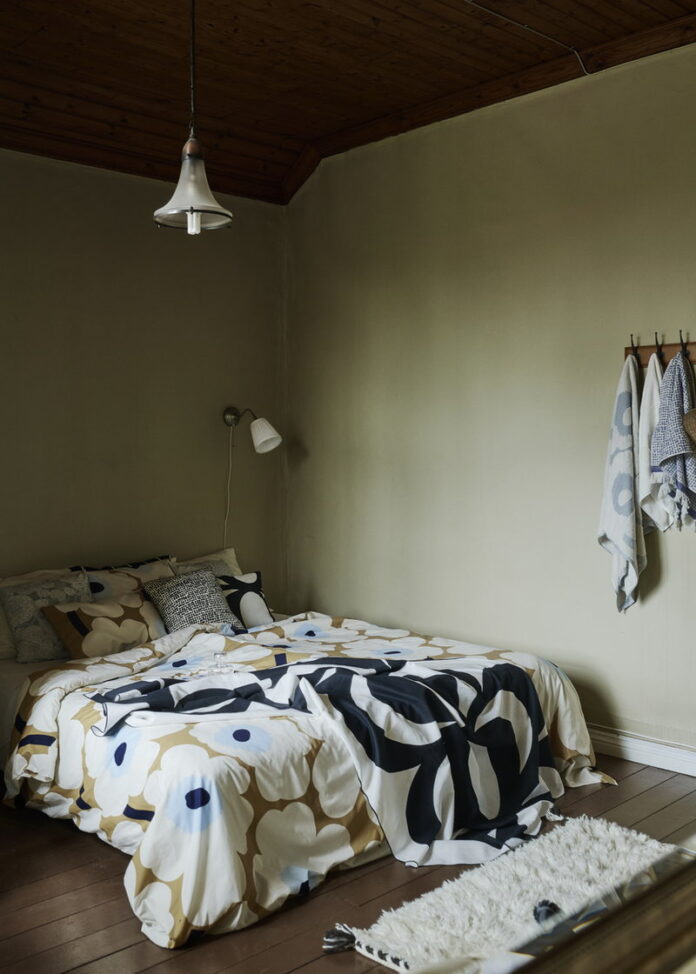
Marimekko was based in 1951 in Finland, and is understood around the globe for its iconic, nostalgia-inducing patterns. Its vary of vibrant and colourful textiles are nonetheless printed in Helsinki to at the present time, and the attractive designs could be discovered on clothes, luggage, tableware and residential décor equipment.
I’m an enormous fan of the corporate, which promotes uniqueness (being one in every of a form), authenticity and pleasure. It is among the fist Scandinavian manufacturers I used to be launched years in the past, and it’ll at all times have a particular place in my coronary heart. You gained’t discover many patterns in my residence, however after I step exterior of my confort zone and embellish with stripes, dots or flowers, I normally flip to Marimekko for inspiration. And I’m not alone; there are a variety of adepts on the market, a lot of which use the Finnish model’s textile up on the wall, like a portray.
I believed it could be enjoyable to share just a few beautiful little explanations and tales of creativity behind a few of Marimekko’s hottest patterns. Identical to with a bit of artwork, getting a better understanding of the creator’s work makes it much more attention-grabbing and relatable, and supplies a better appreciation for its magnificence.
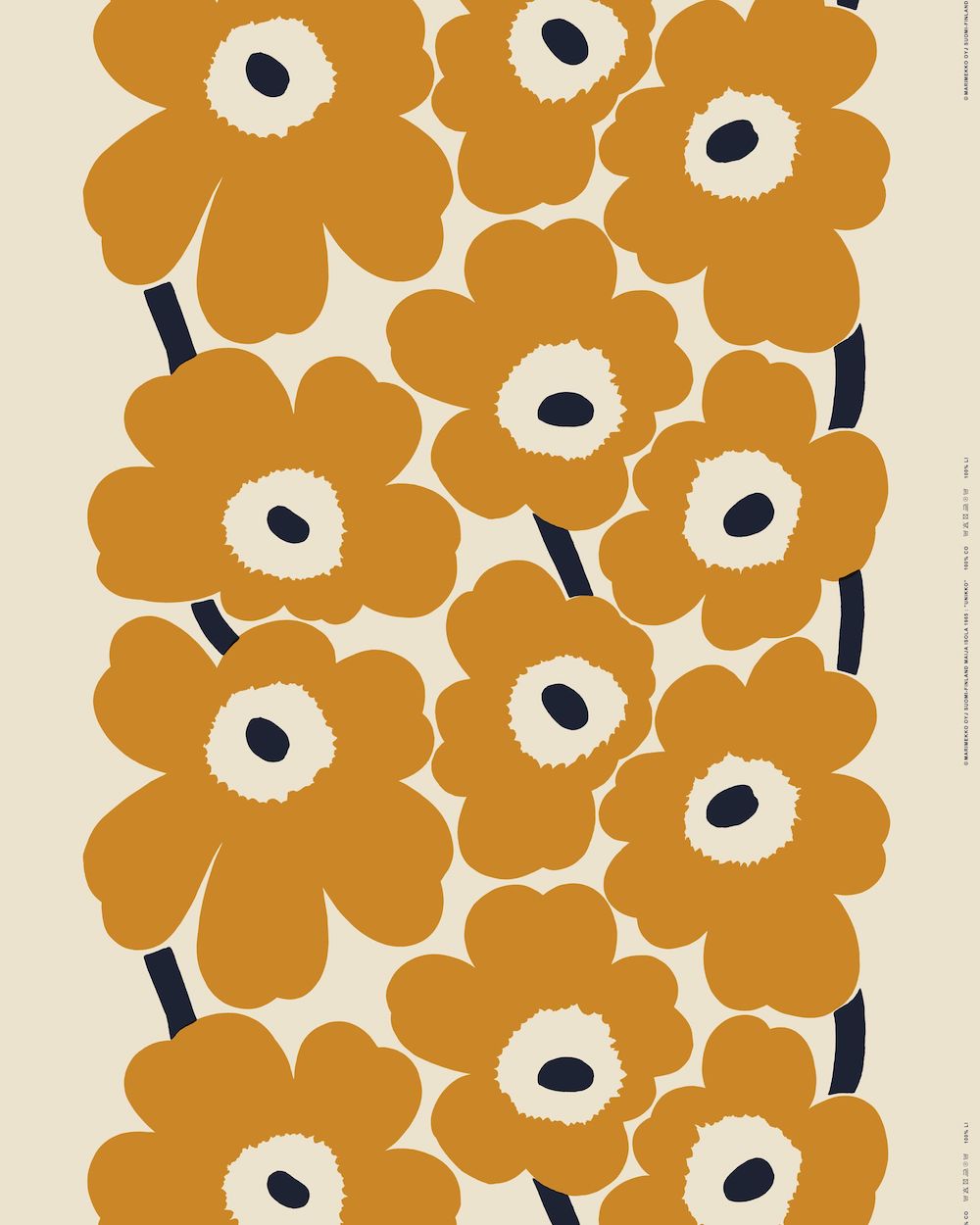
Unikko
Maija Isola, 1964
Unikko (poppy) was born in 1964 after Armi Ratia, Marimekko’s rounder, had introduced that Marimekko would by no means print a flower sample. Maija Isola refused to obey Armi’s orders and, in protest, created a whole collection of attractive floral prints. As soon as Ratia noticed the designs, she instantly determined to incorporate eight of them in Marimekko’s assortment. Considered one of them was Unikko, which has turn out to be a narrative of creativity, energy, braveness and religion in oneself.
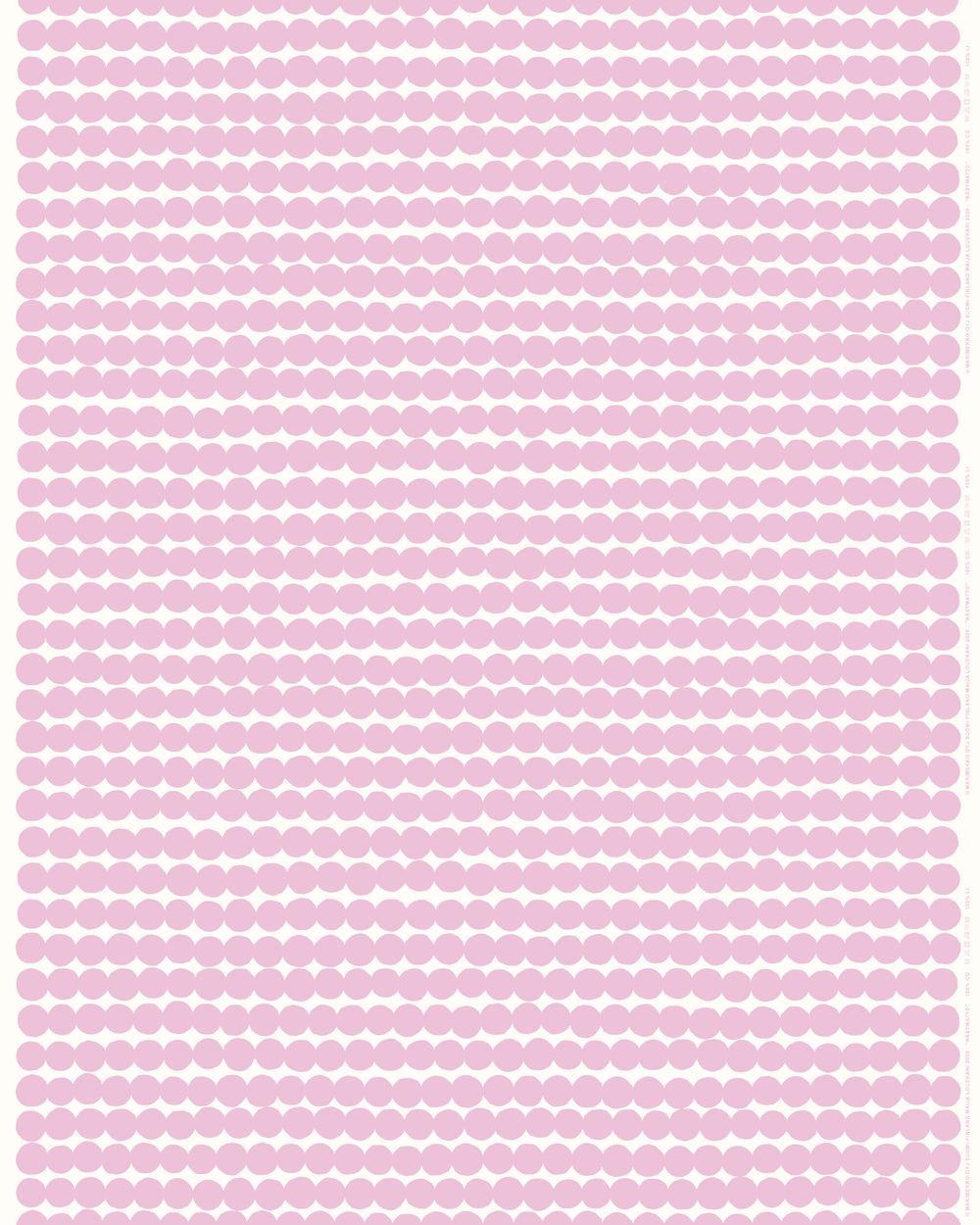
Räsymatto
Maija Louekari, 2009
The Räsymatto (rag rug) sample, impressed by allotment gardening, is linked to topical themes like sustainable dwelling and the enjoyment of working together with your palms. Allotments, with their flower and vegetable beds, signify city nature at its finest, and a rag rug on the ground of an allotment cottage tells a colourful story of its personal.
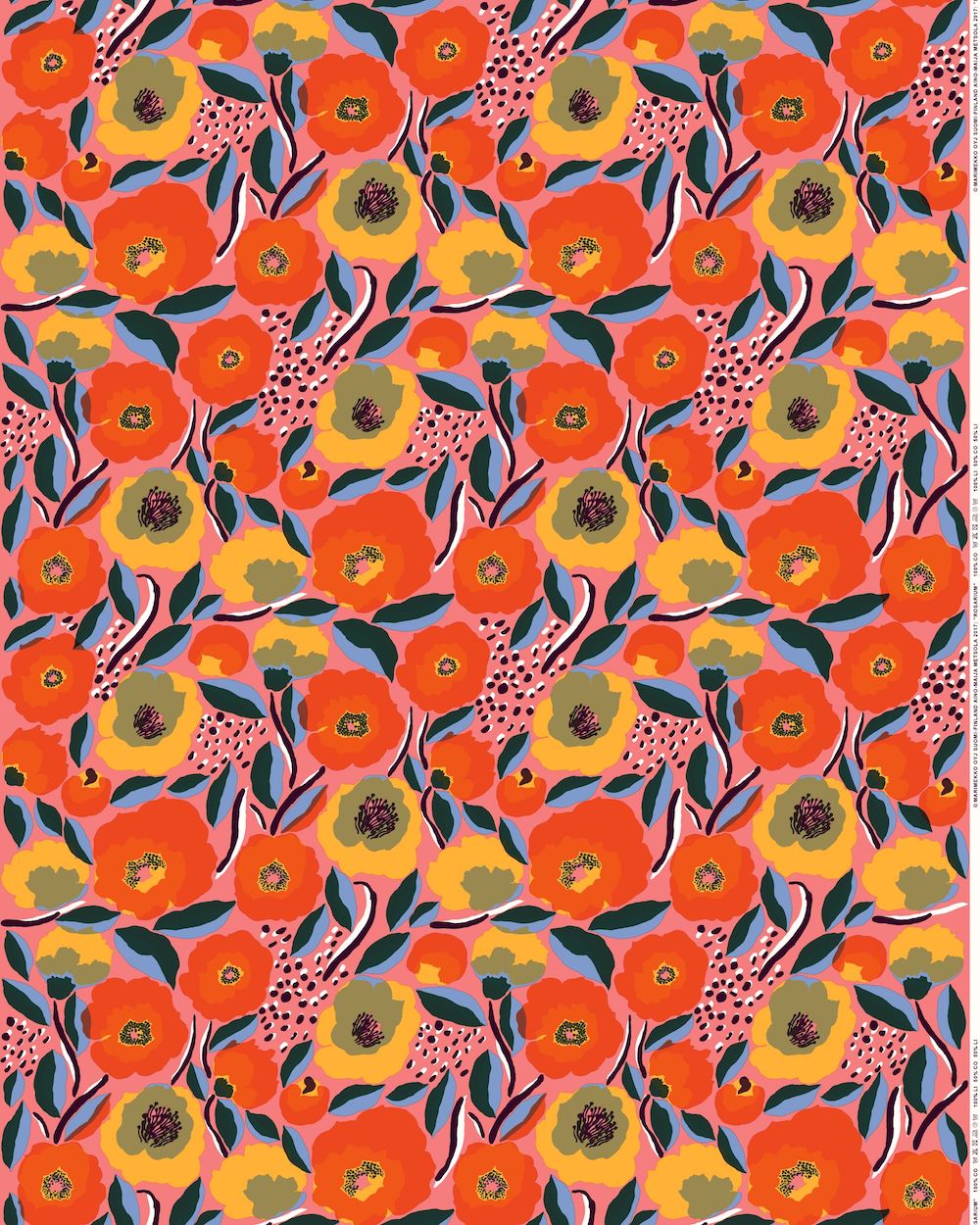
Rosarium
Aino-Maija Metsola, 2017
The Rosarium design captures a rose backyard the place the fullest bloom will quickly be over. Petals are already coming off within the autumn wind. The sample exhibits completely different rose varieties, however rugosa roses predominate. Rugosas can be present in entrance of the designer’s residence.
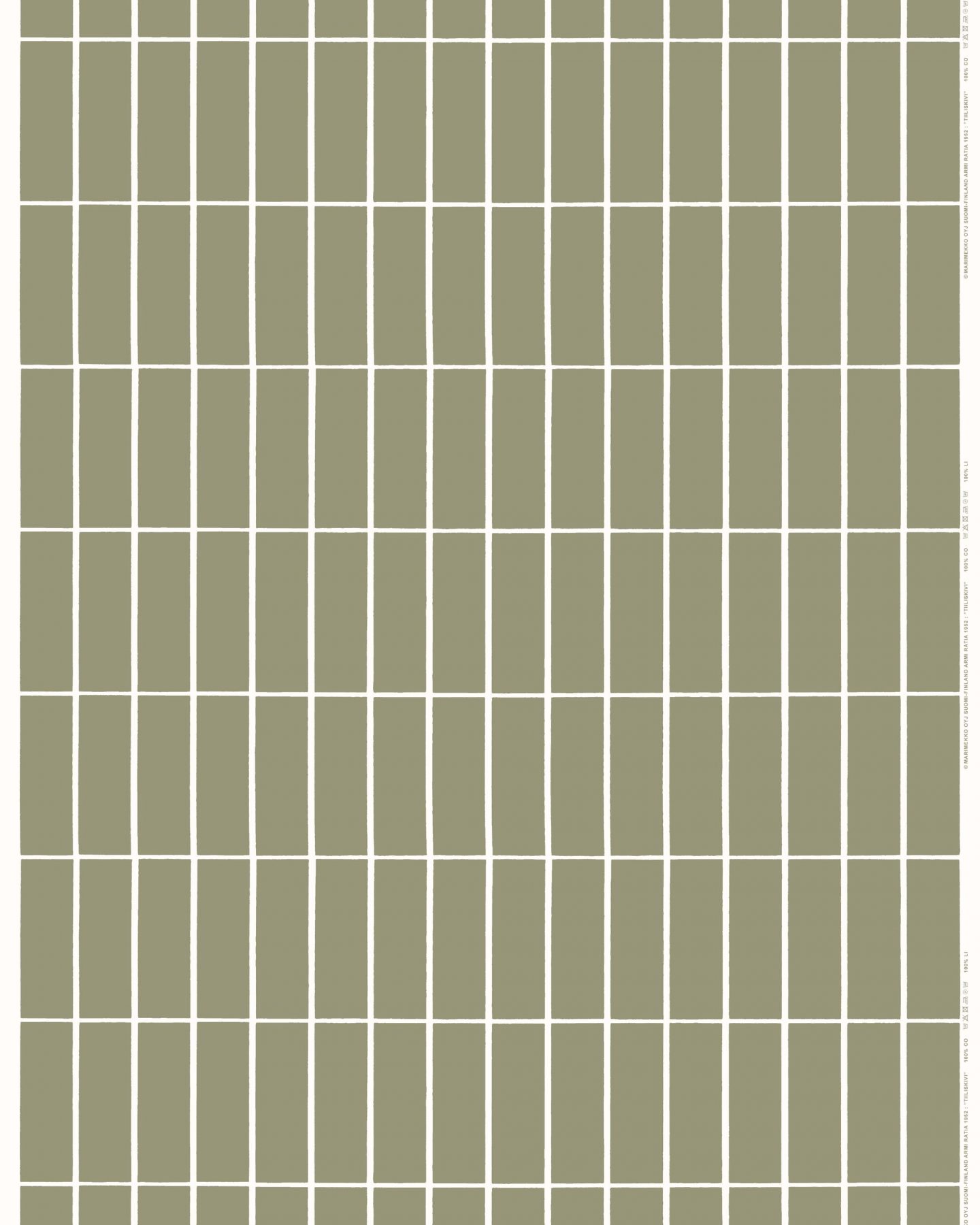
Tiiliskivi
Armi Ratia, 1952
The Tiiliskivi (brick) sample was designed by Marimekko’s founder Armi Ratia. The sample displays her perception within the easy great thing about on a regular basis life.
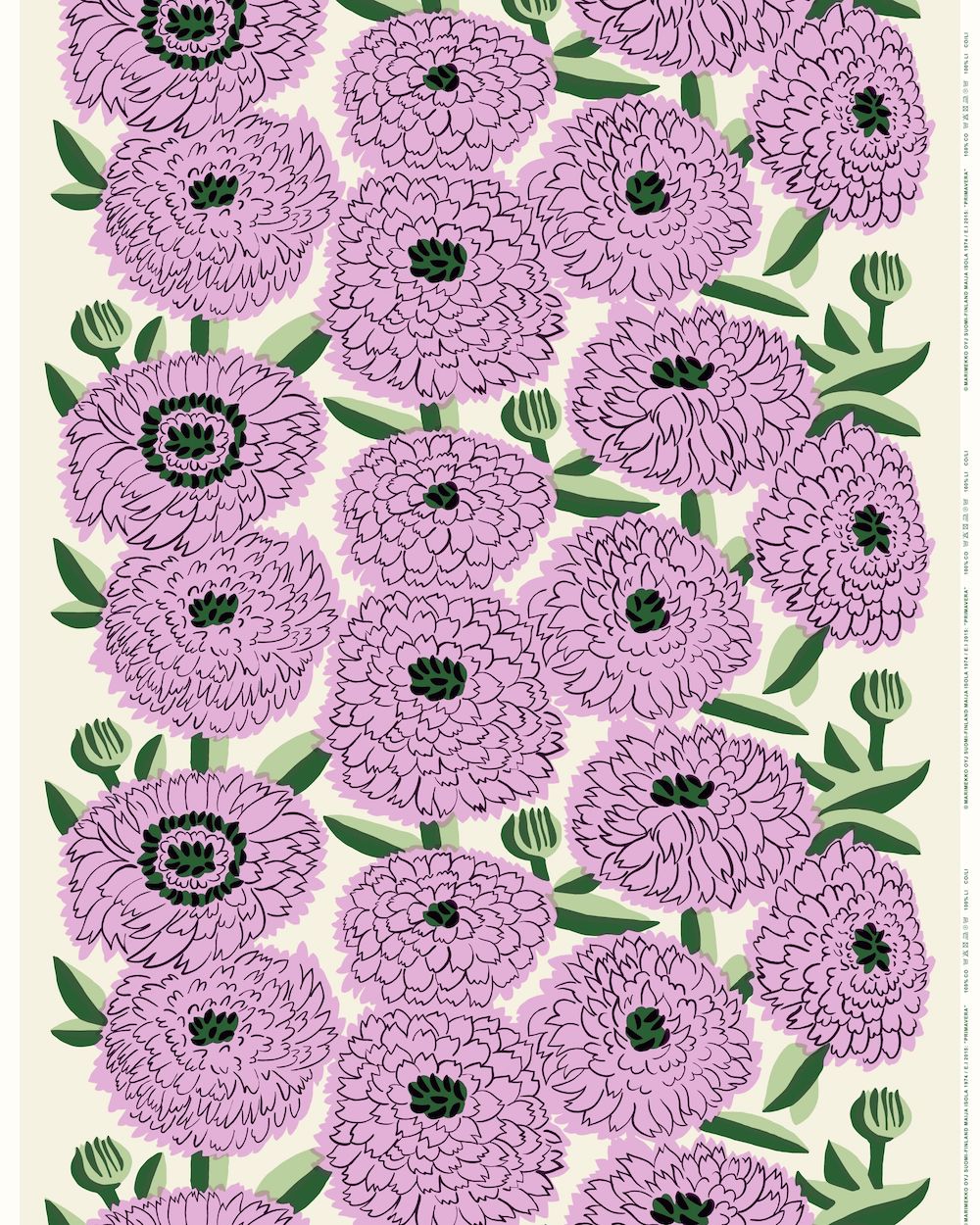
Primavera
Maija Isola, 1972
Primavera (spring) is among the many daring floral designs by Maija Isola. It emanates joie de vivre, vitality and heat. Maija Isola painted the sample when she was dwelling in Oran, Algeria, so there can also be a tinge of homesickness in it; a craving to be in Finland, to really feel the summer season morning dew on the grass, by a mattress of pot marigolds.
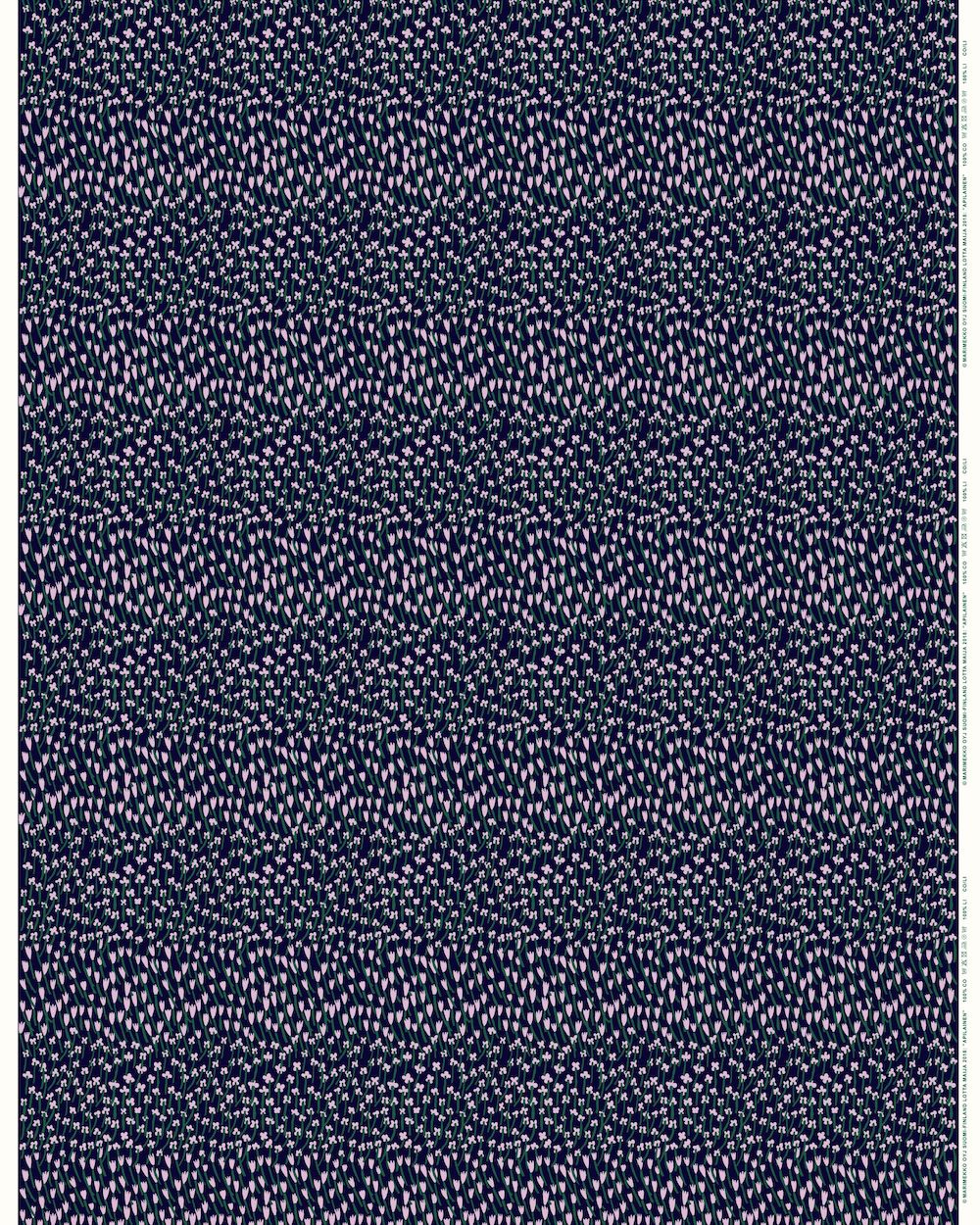
Apilainen
Lotta Maija, 2018
The thought for the Apilainen (small clover) sample took place on a windy day at a summer season cottage. A powerful easterly wind introduced normally massive waves to the shore, and grass and flowers swayed forwards and backwards within the yard.
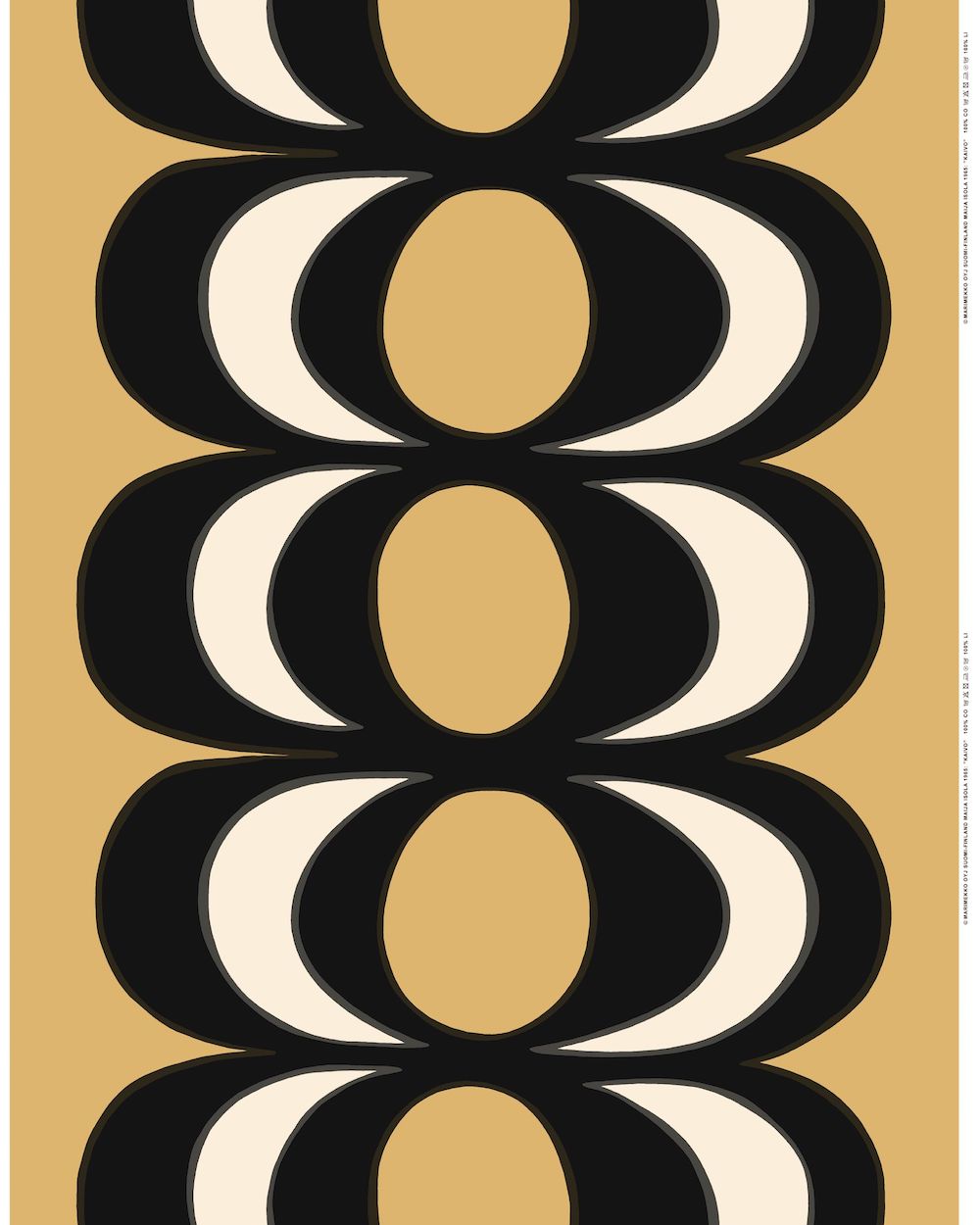
Kaivo
Maija Isola, 1964
Maija Isola received the thought for the Kaivo (properly) sample when she was fetching water from a properly. Having dropped the bucket into the properly, she watched how ripping circles fashioned on the floor of the water.
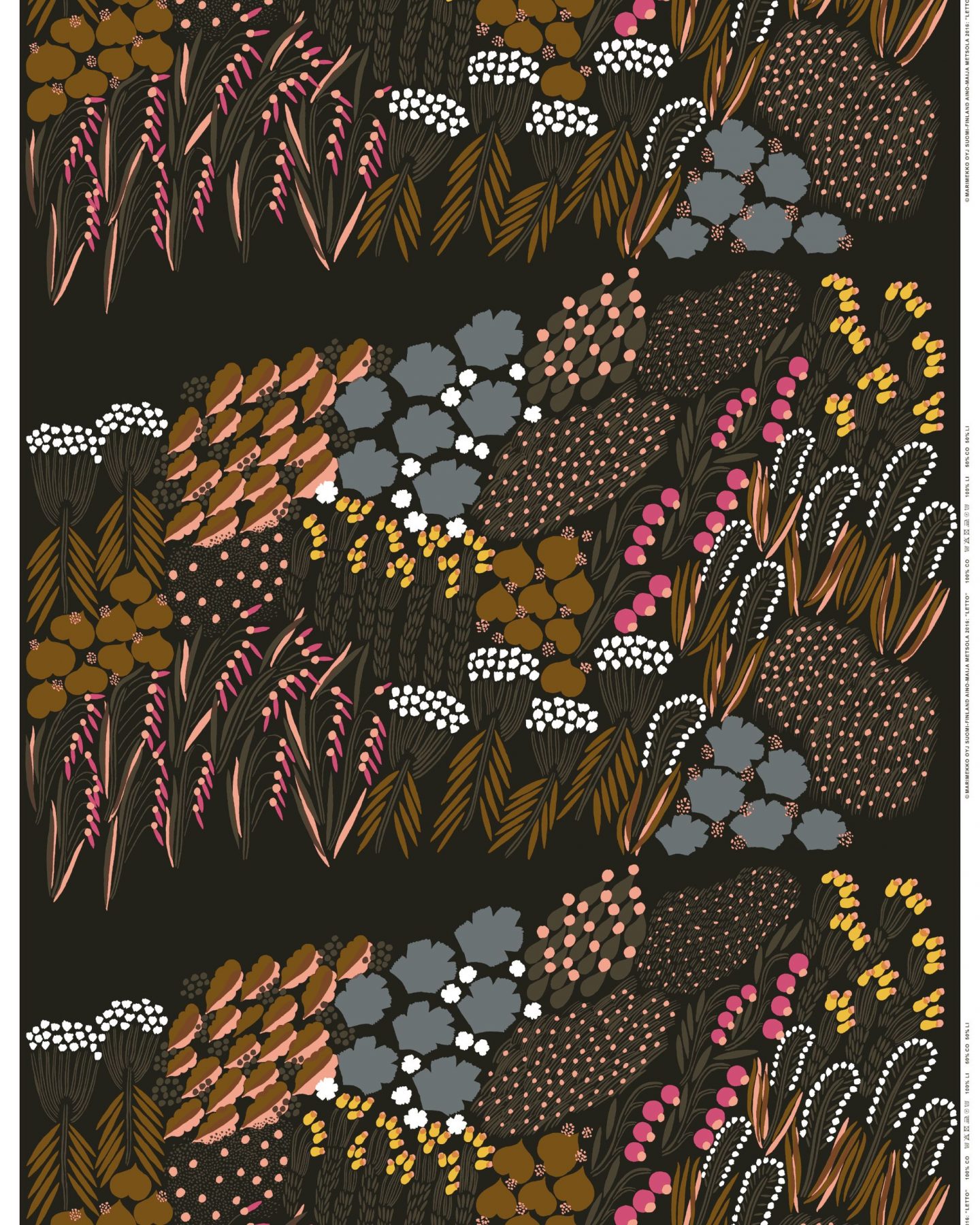
Letto
Aino-Maija Metsola, 2016
Lavatory rosemary, marsh tea, water calls, cloudberry leaves and flowers, grass, moss… The Letto (fen) sample completely conveys the richness and mysterious ambiance of Finnish bogs.
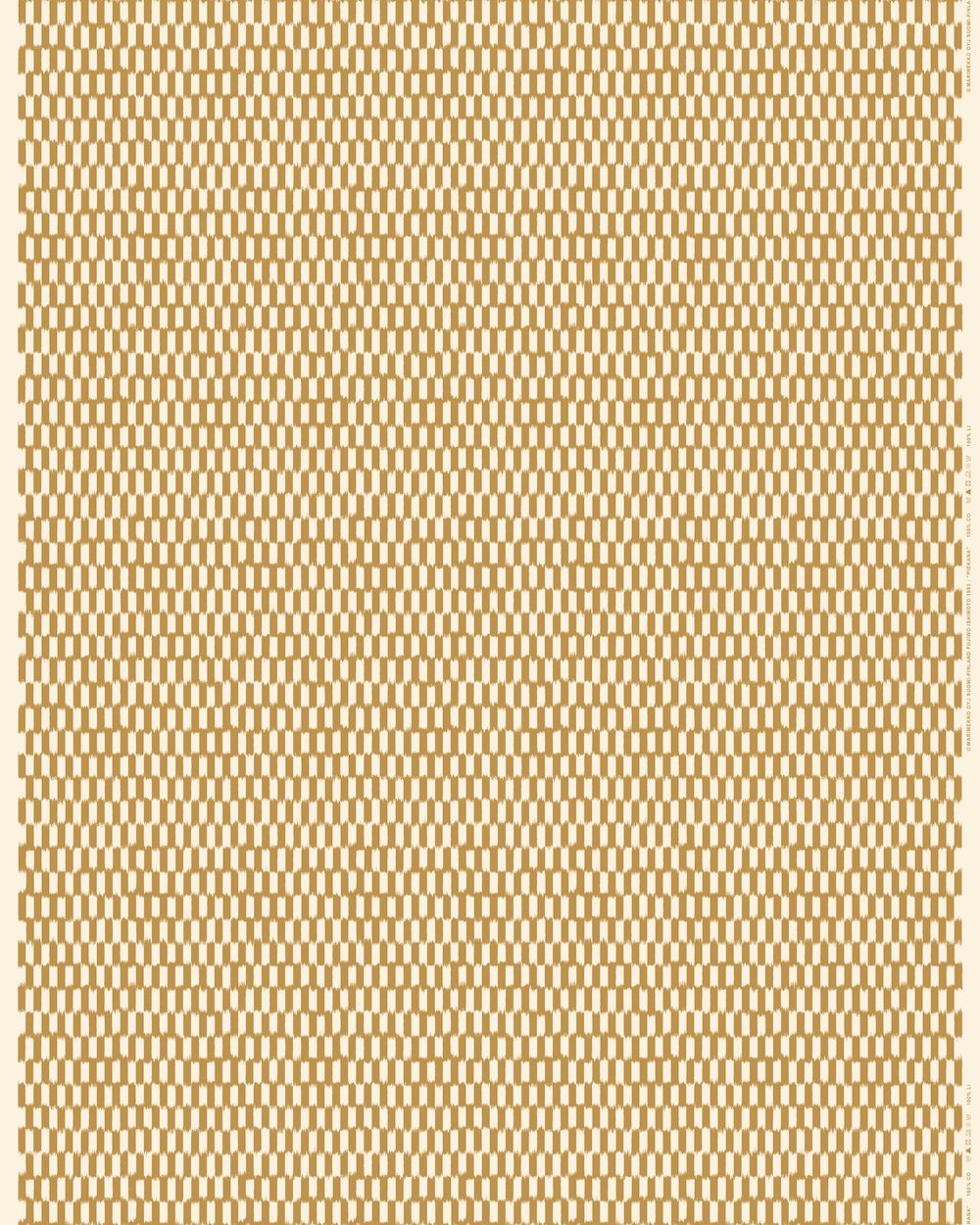
Piekana
Fujiwo Ishimoto, 1983
The Piekana (rough-legged buzzard) verify sample was initially a part of a set entitled Iso Karhu (Ursa Main), which was impressed by a e-book depicting the lifetime of the Finno-Ugrian peoples in addition to by textiles patterned utilizing the standard ikat dyeing methods.
All descriptions & footage are from Marimekko, with thanks.


